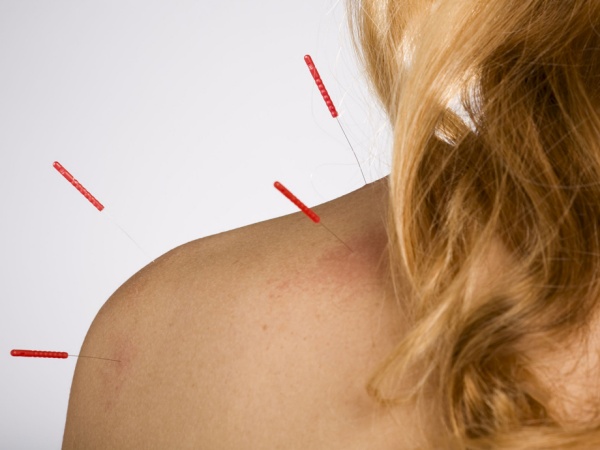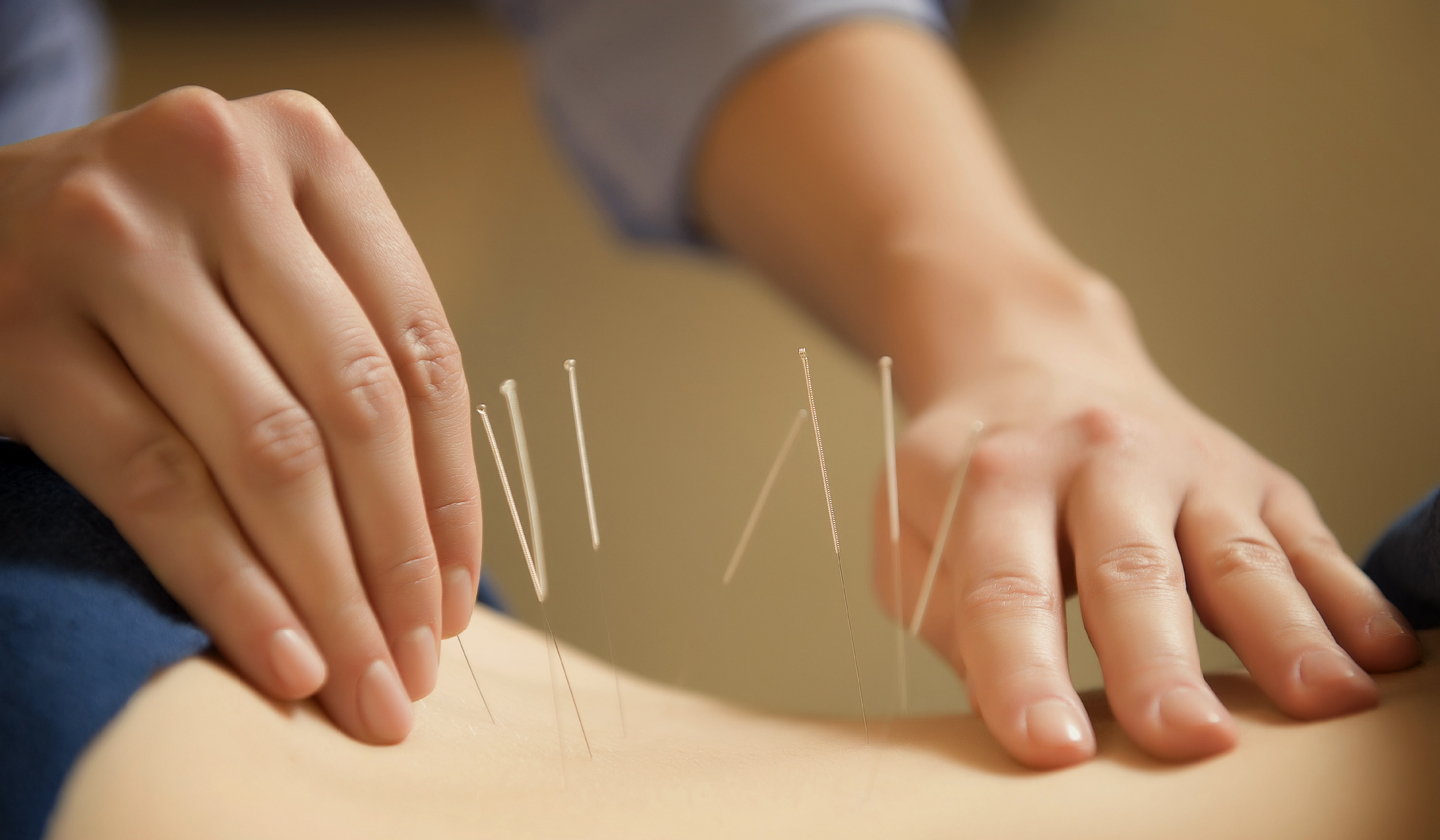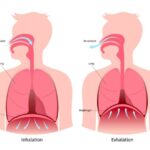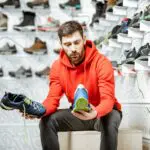Dry Needling & Physical Therapy
The use of acupuncture needles in physical therapy, a relatively contemporary adjunct treatment, provides another modality to address pain and dysfunction. The primary role of dry needling, pain reduction, through insertion of acupuncture needles, can be achieved through several pathways. Dry needling directly affects local soft tissues including but not limited to: muscle, tendon, ligament and neural, through the increase in local circulation and reduction of muscle hypertonicity. Indirectly, dry needling activates pain modulating systems at both the spinal cord and brain, through the release of neurochemicals and reduction of neural activity, the underlying mechanisms in chronic pain syndromes.

This skilled technique is performed in a safe, antiseptic manner. Placement of needles requires an advanced knowledge of human anatomy and neurology and is based on several factors: diagnosis or underlying pathology (semi-standardized protocol), palpation findings, location of the source of pain and it’s referral pattern. Dry needling has the ability to reach and affect deeper layers of scar tissue where there is limited mobility and circulation of these tissues.
Treatments generally last 20 minutes and are preceded by joint and soft tissue mobilization/manipulation and movement reeducation that are integral parts of Functional Manual Therapy®. Dry needling is performed last because of its calming effect on the nervous system and relaxation of the musculoskeletal system.
Dry needling, along with skilled physical therapy, can reduce the need for medications, avoid or prolong the need for surgery, manage acute and chronic pain conditions, improve circulation, decrease sympathetic nervous system activity. The mechanisms by which this is achieved has strong, recent evidence to support the technique. We now have evidenced-based semi-standardized protocols for certain conditions including: headaches, plantar fasciitis, shoulder and knee pain to just name a few.

Affecting the sympathetic nervous system will reduce stress/anxiety, improve digestion and intestinal motility, decrease muscular hypertonicity. Directly affects soft tissues through mechanical transduction, manipulation, of tissues that are not accessible through therapeutic touch. Dry needling is also effective for maintenance care for the spine and extremities. Athletes benefit from regular treatments to soft tissues and major joints and aging populations manage spinal and articular changes through these mechanisms.
Dry needling is offered in our IPA Physio Atlanta location by Dr. Gregory Vescera. Please click here to contact the clinic and inquire about an appointment. Also see our other blog post on dry needling written by Dr. Brad Grohovsky.
For further reading and scientific literature references, here are some links to Osteopractic Physical Therapy blogs on dry needling:






